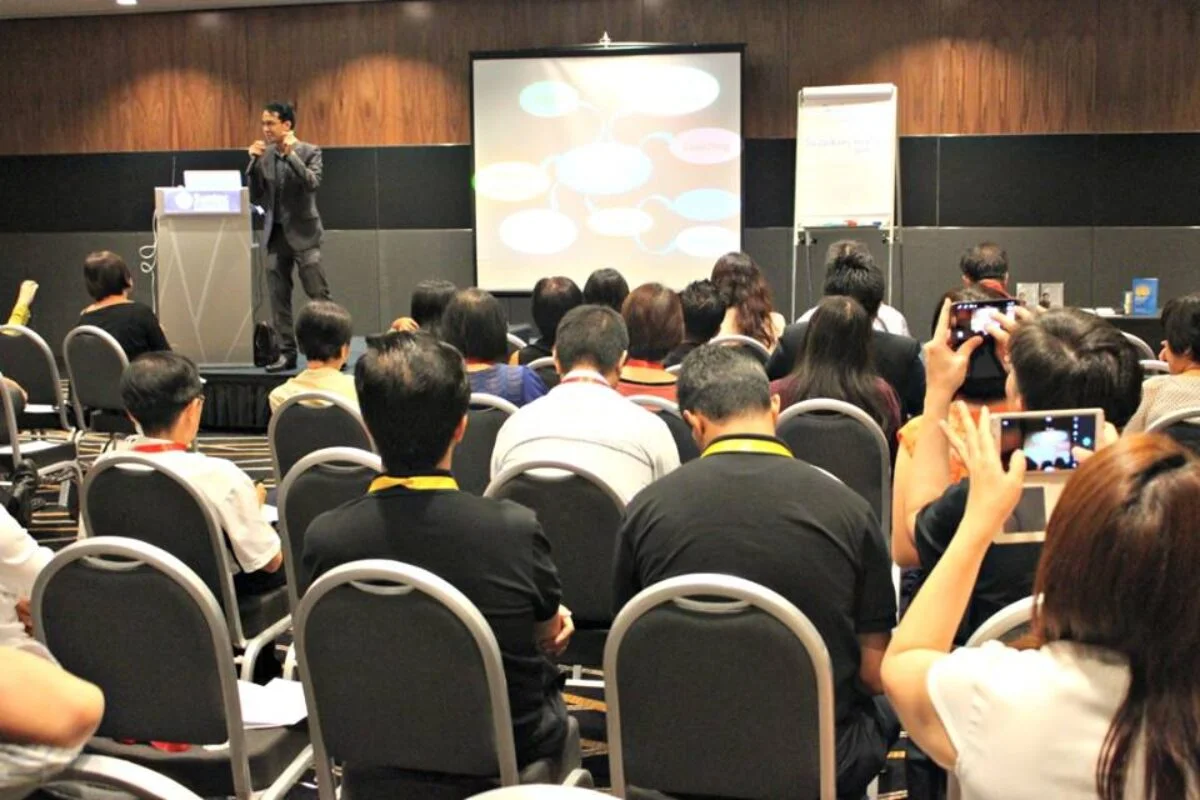Building materials made of plastic are at the forefront of technological innovation in the construction industry and have seen a radical transformation in a time of innovations in technology and sustainability goals. These contemporary materials, such as roofing sheets made of polycarbonate, corrugated roofing sheets, PVC guttering, PVC skirting board, UPVC fascia board and UPVC Soffit board, have become the mainstays of construction projects across the globe. Let’s examine in more detail the many ways these plastic building products are transforming the architectural landscape and opening the way to a more vibrant and sustainable future. In conjunction, UPVC fascia boards and soffit boards have formed an innovative collaboration that has redefined both architectural aesthetics and structural integrity. Due to its inherent strength and cost-effectiveness, UPVC’s versatility makes these pieces crucial to modern-day buildings. Apart from being weather resistant, UPVC fascia and soffit boards can also be used as a blank surface for creative expression. When utilized to decorate walls, roofs, or decks, these components improve the appearance of buildings and provide longevity and minimal maintenance. Are you looking for plastic building supplies? Browse the previously talked about site.
PVC guttering has evolved beyond its practical use to become an innovative method for effective water management within buildings. In addition to their practical application, gutters can enhance the overall design of a building. Construction professionals prefer the highest quality PVC materials due to their durability and safety. PVC guttering is available in a variety of thicknesses, colours, and lengths, enabling customised solutions that combine practicality with aesthetics. PVC skirting boards become attractive features for interior spaces, seamlessly blending design and function. These boards are used in troughs, spas, bathtubs, shower enclosures and sinks. Cast composites are extremely versatile and can be used to construct cabinets, benchtops and basins, opening an array of interior design options. Picking from a range of styles and finishes allows homeowners as well as designers to create unique interiors that are both pleasing and highly functional. Polycarbonate roofing sheets symbolize an effort to design sustainable by bringing strength and transparency to roofing applications. These sheets replicate the look of brick or stone which makes them ideal for prefabricated, modular, and movable structures. Beyond their structural purpose, polycarbonate roofing sheets allow light to pass through interiors which is an environmentally friendly option that complies with modern sustainability goals.
These sheets are used by architects and builders to achieve a balance between aesthetics, durability, and environmental awareness. Sheets of corrugated roofing are the mainstay of contemporary architecture because of their structural integrity and strength, which is in stark contrast to their apparent simplicity. These sheets, which are comprised of composite plastic sheets with binders made of polyurethane, offer an enduring solution to the range of building requirements. The fusion of wood strands and polyurethane at extremely high temperature results in roofing panels that are superior in terms of simplicity and structural quality, regardless of whether they’re constructed from oriented strand boards, laminated veneer lumber, or other materials. The advent of plastic construction materials is a sign of the return of modern and sustainable building techniques. The wide selection of materials allows for unrivaled adaptability and flexibility, ranging in size from roofing corrugated sheets to UPVC fascia panels. Construction companies should embrace the radical influence of plastic building materials as they set out towards modernity. See how projects transform into modern marvels that skillfully combine endurance as well as innovation and aesthetic appeal to set the new standard for the 21st century building.





